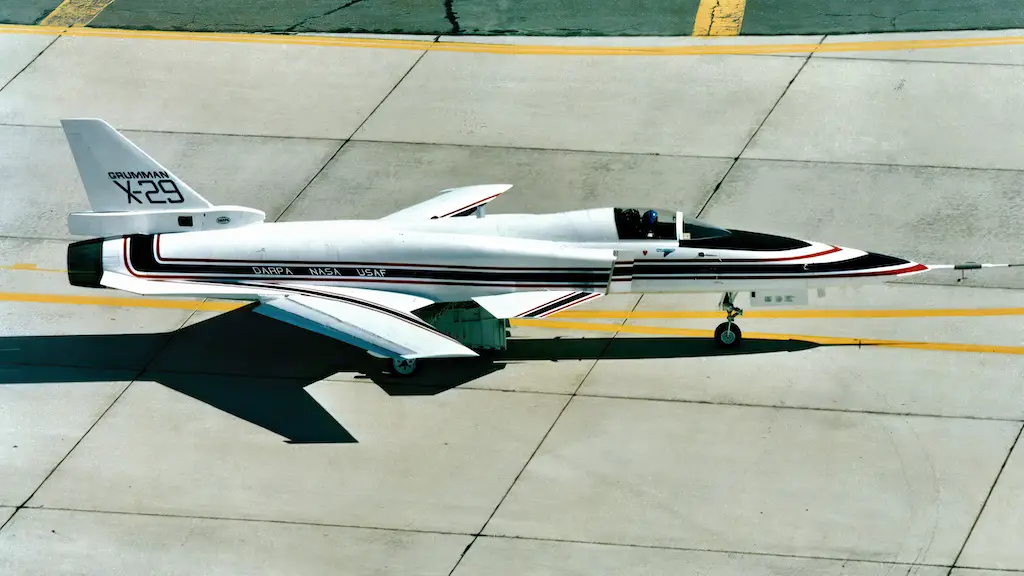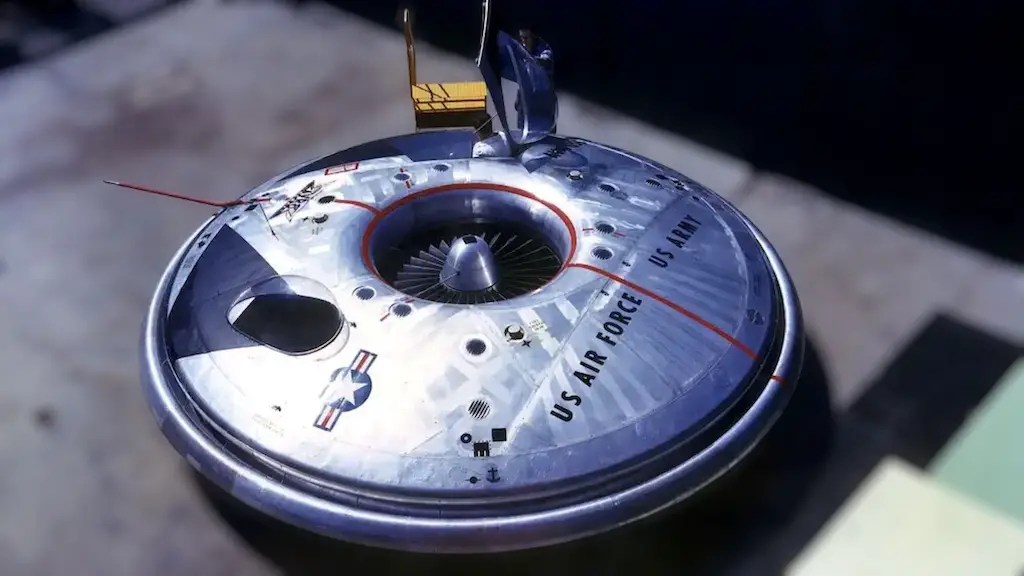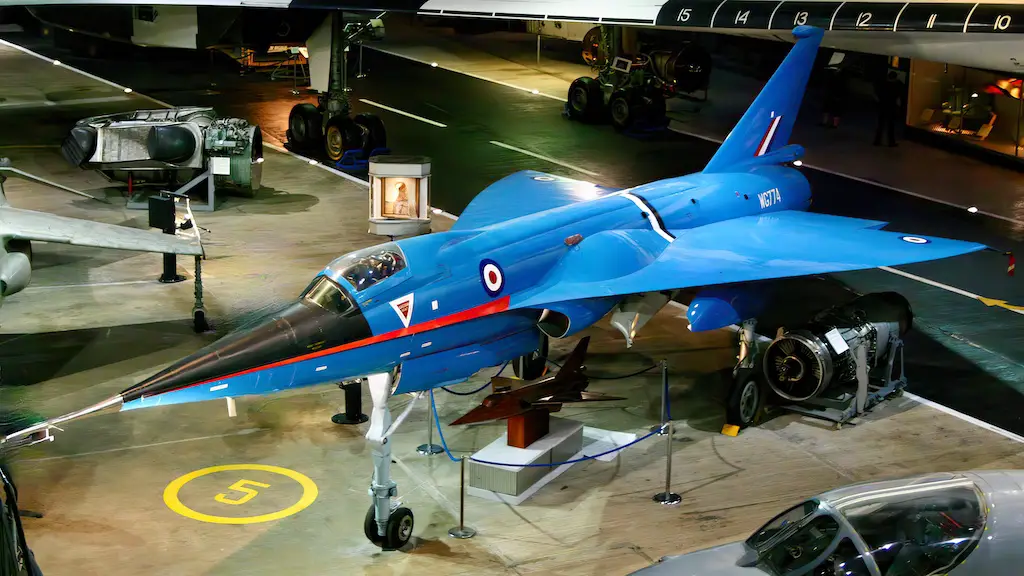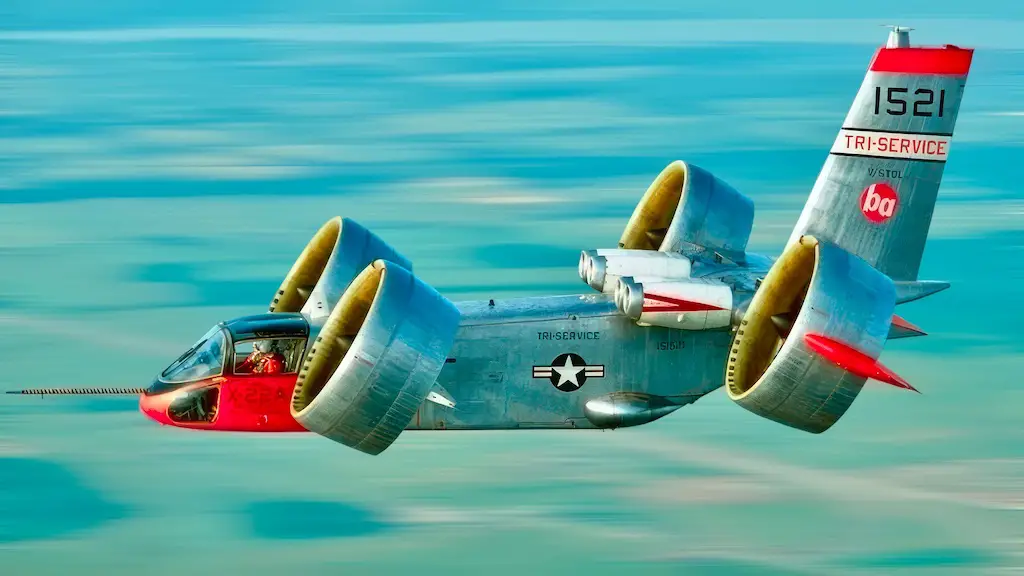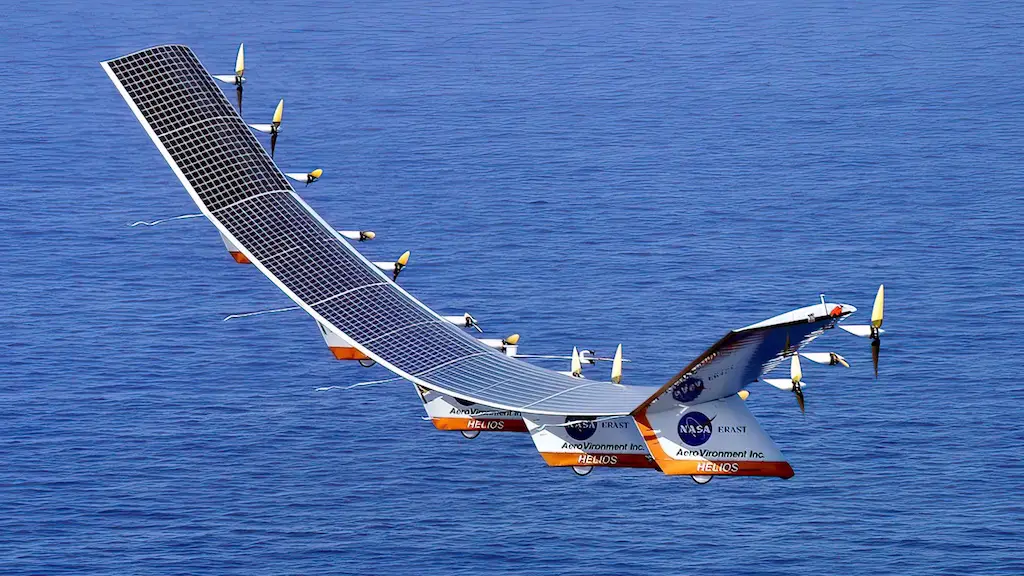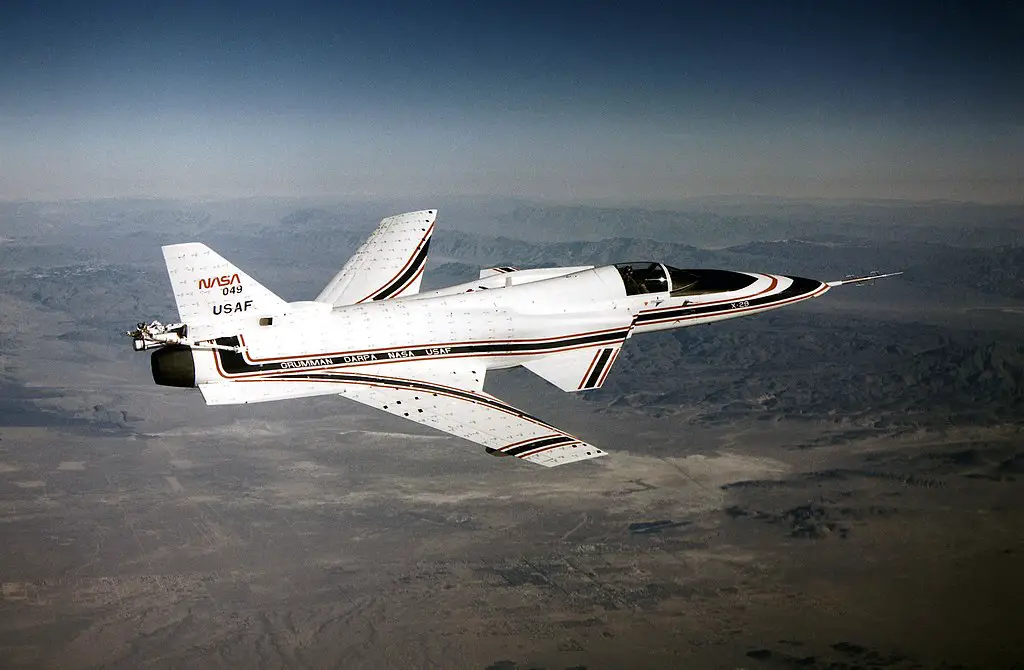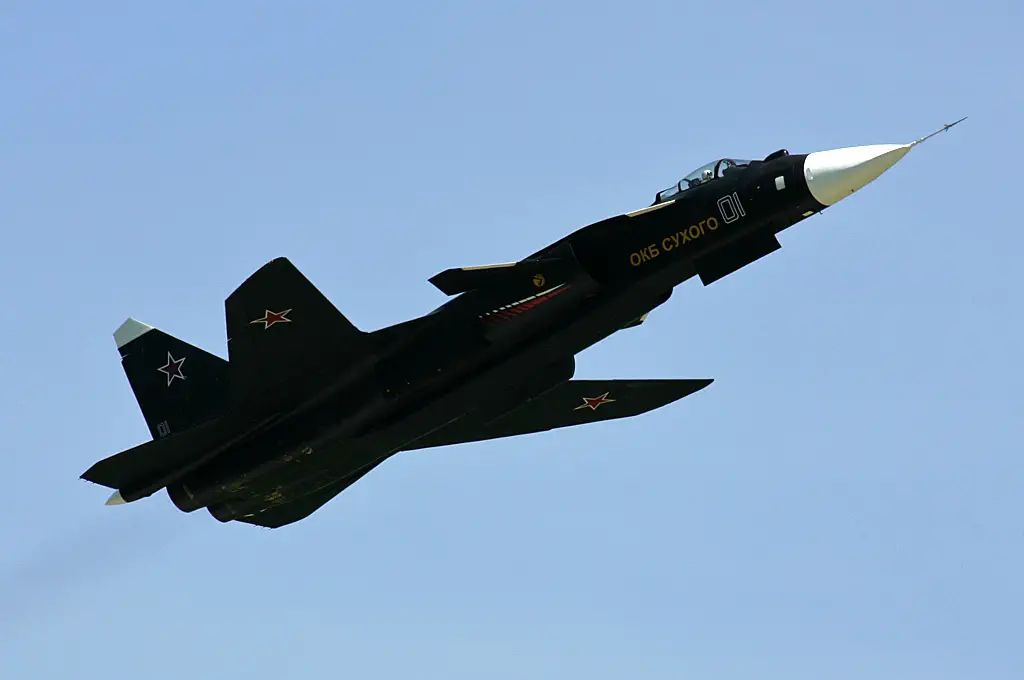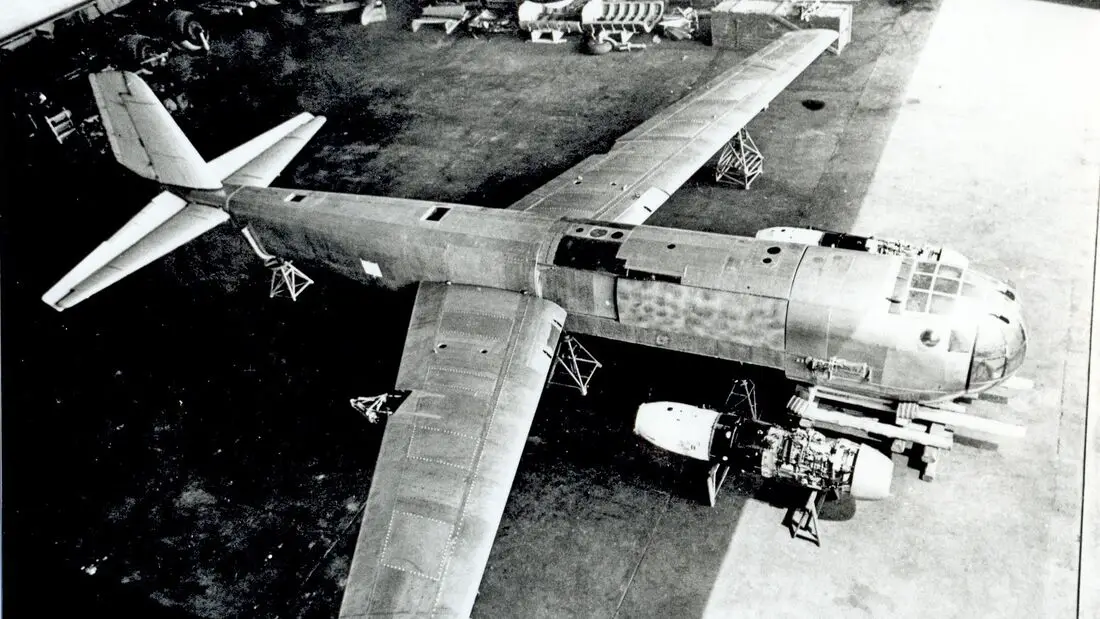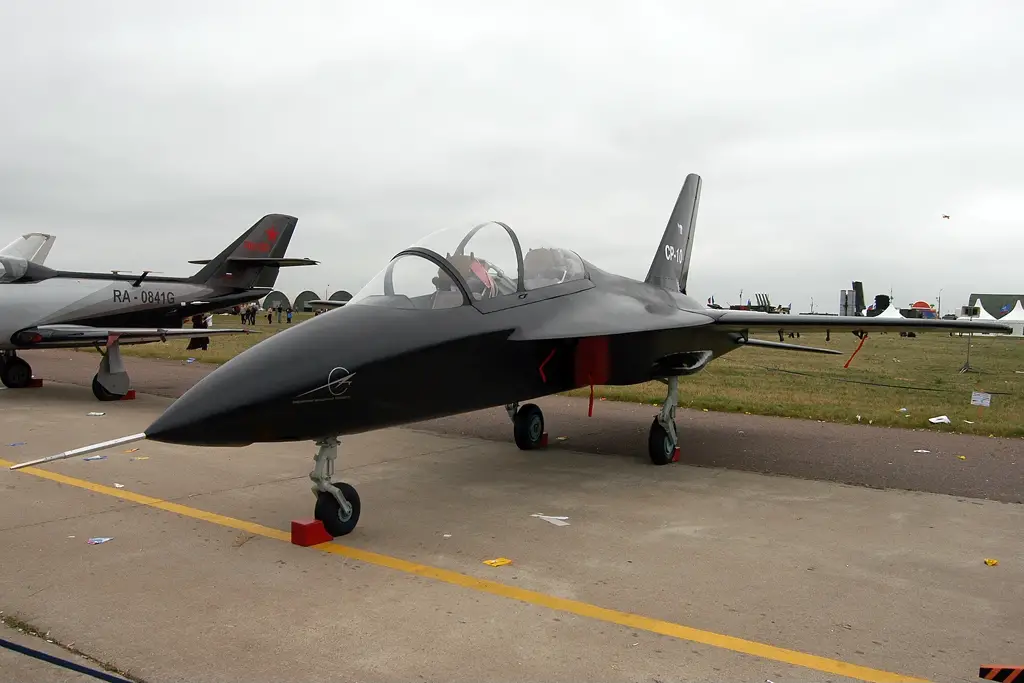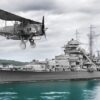Daring, dynamic, and distinct – the realm of aviation technology has witnessed remarkable strides of innovation, none more visually striking than the forward-swept mid wing aircraft. These aircraft, with wings that daringly sweep towards the nose rather than the tail, present a dramatic divergence from conventional wing configurations. They offer improved maneuverability, enhanced stall resistance, and greater control during low-speed flights. As we embark on a journey through some iconic forward-swept mid wing aircraft, let’s first appreciate the unique benefits that this design introduces to aeronautics.
Junkers Ju 287: A Bold Leap in the Midst of Turmoil
The Junkers Ju 287, developed amidst the global upheaval of World War II, stands tall as the world’s first aircraft to embrace the forward-swept wing design. Engineered in Germany, this bomber’s wing configuration offered unprecedented lift and high-speed performance, setting a promising stage for the potential of forward-swept wing technology.
Yet, the Ju 287 was more than an engineering marvel. It was a beacon of innovation, reflecting the spirit of scientific exploration even in times of strife. Despite the challenging circumstances of its birth, the Junkers Ju 287 firmly etched its place in aviation history, demonstrating the resilience of human ingenuity.
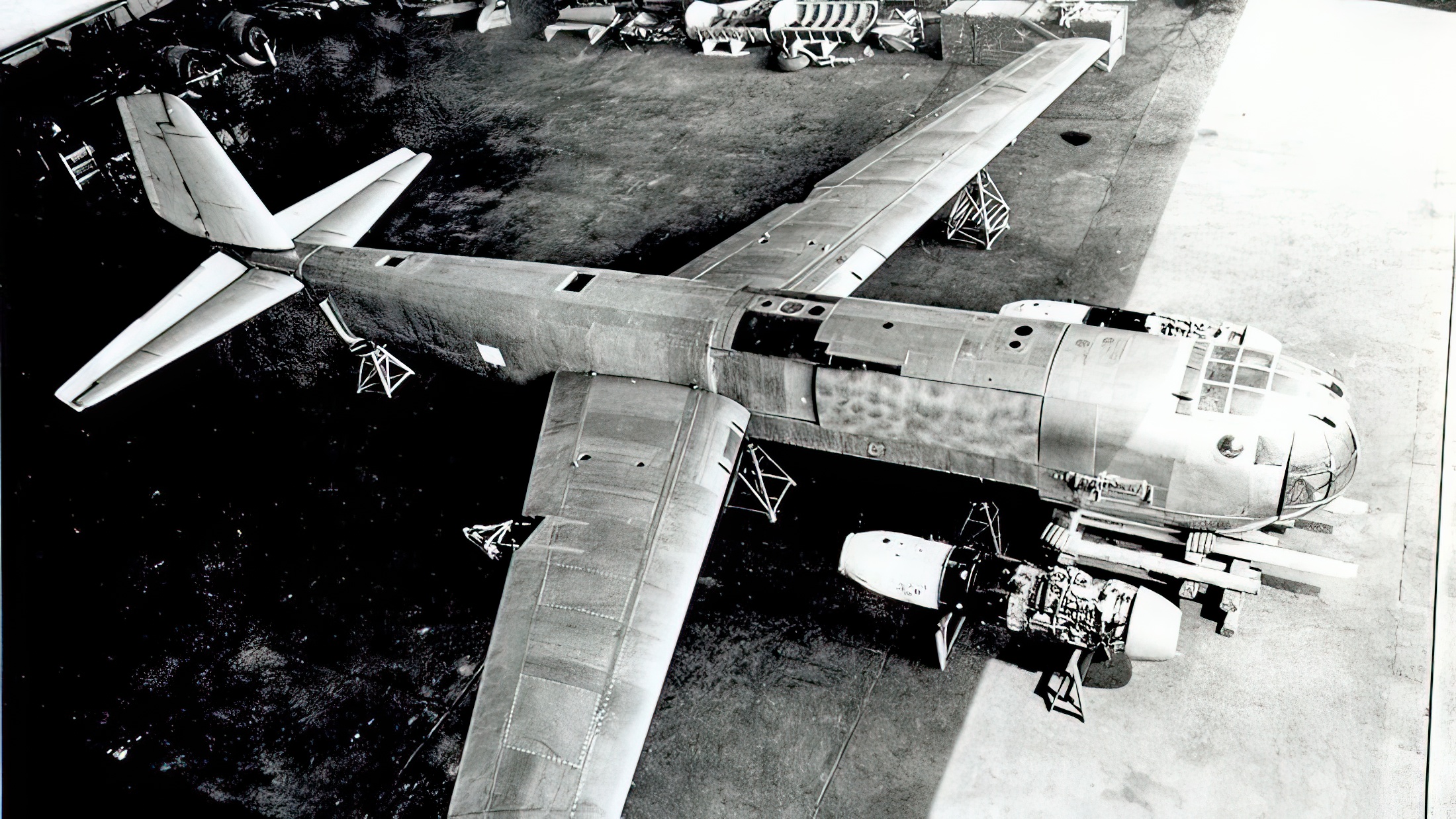
KB SAT SR-10: A Newcomer
Fast forward to the 21st century, the Russian KB SAT SR-10 jet trainer brought the forward-swept wing concept back to the limelight. This aircraft, with its lightweight composite airframe and forward-leaning wings, showcased exceptional maneuverability and competence for advanced aerobatic maneuvers.
The SR-10 not only served as a robust training platform but also as a tangible testament to the successful implementation of forward-swept wings in modern aircraft. Despite being a relatively recent entry in the aviation landscape, it reinforced the enduring relevance of this unconventional design.
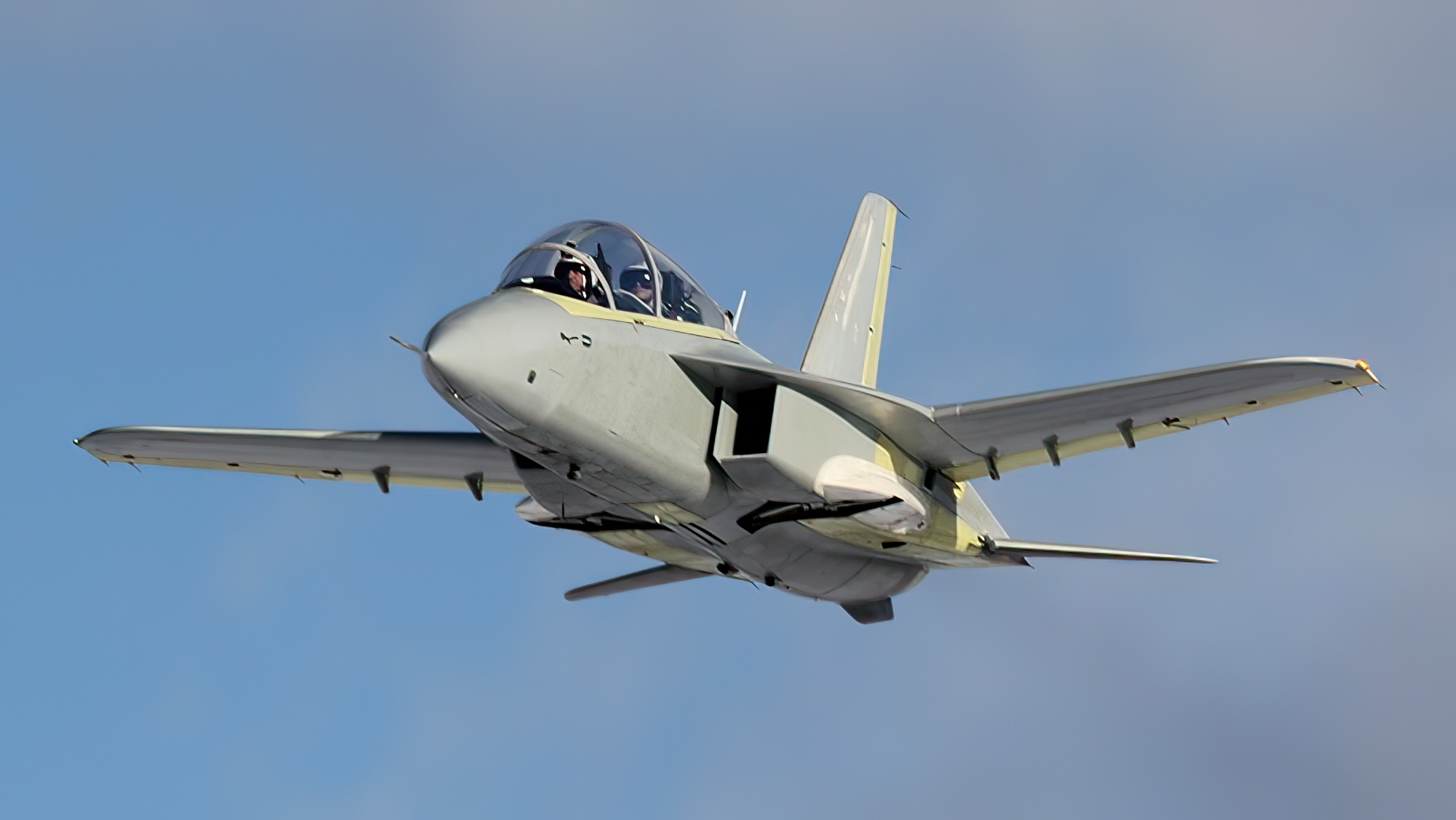
Grumman X-29: The American Innovator
Next on our journey is the Grumman X-29, an exceptional product of American ingenuity in the 1980s. With its slender forward-swept wings and canard control surfaces, this experimental aircraft represented a technological leap, presenting a novel blend of agility and aerodynamic performance.
Built predominantly from advanced composite materials, the X-29 was a testament to the seamless integration of design and materials science. It pushed the boundaries of known aviation technology, demonstrating that forward-swept wings could, in fact, be a viable and advantageous design approach.
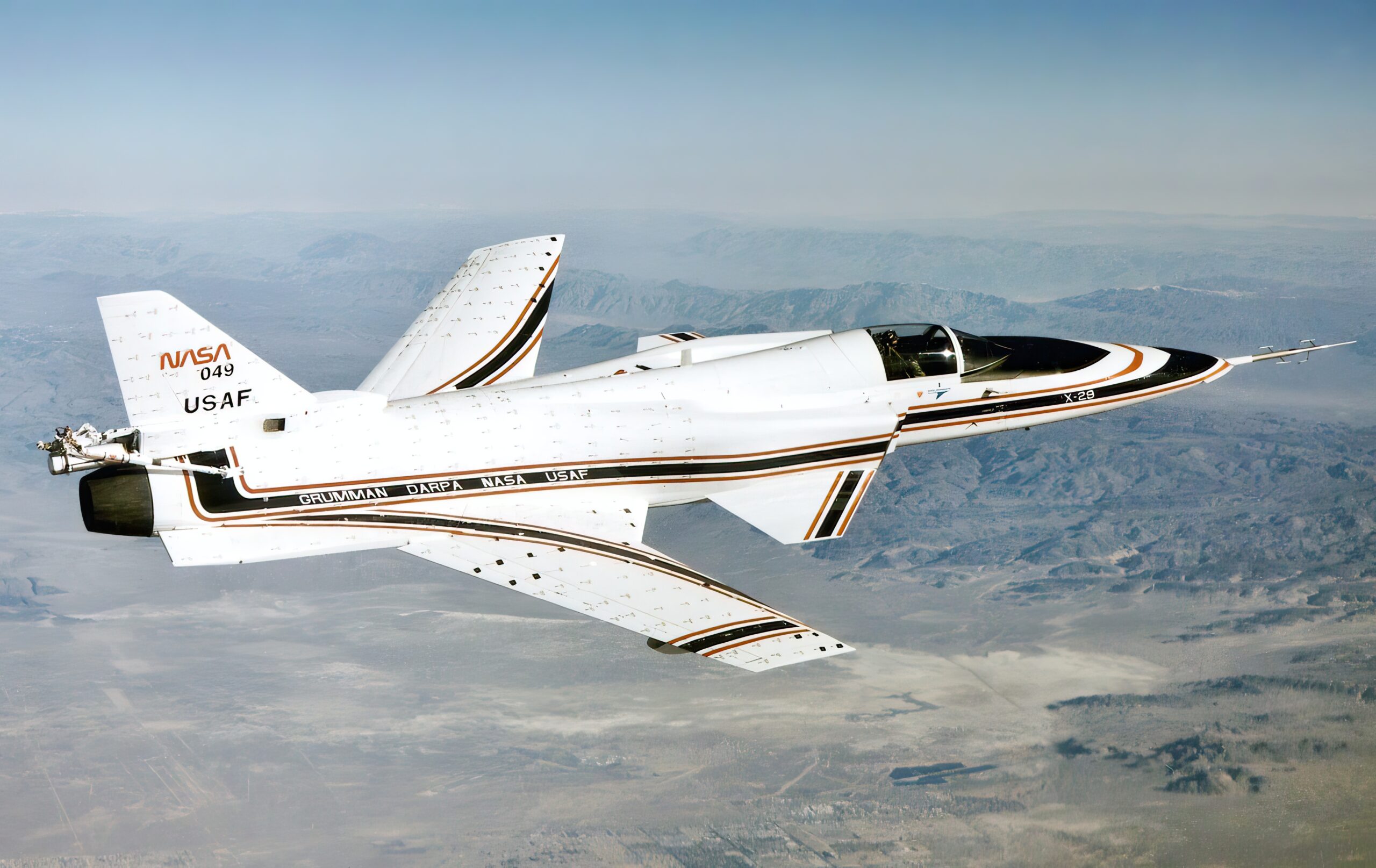
Sukhoi Su-47 Berkut: The Russian Villain
The Sukhoi Su-47 Berkut takes center stage as one of the most audacious examples of forward-swept wing design. With its iconic forward-swept wings and twin tail fins, this Russian experimental supersonic jet fighter takes control and agility to new heights, particularly at high angles of attack.
The sinister aesthetics of the Su-47 align perfectly with its performance characteristics. Its forward-swept wings, reminiscent of an ominous bird of prey, aren’t just there for show. They greatly enhance its aerodynamic prowess, allowing the jet to maneuver with impressive agility, particularly at high angles of attack. This striking silhouette, combined with its deep gray color scheme, amplifies its menacing persona, creating a visual spectacle that commands respect and perhaps a touch of fear.
But the Su-47’s influence extends beyond its performance. It stands as an enduring symbol of aeronautical innovation, embodying the audacious spirit and relentless pursuit of excellence that continue to propel the industry forward.
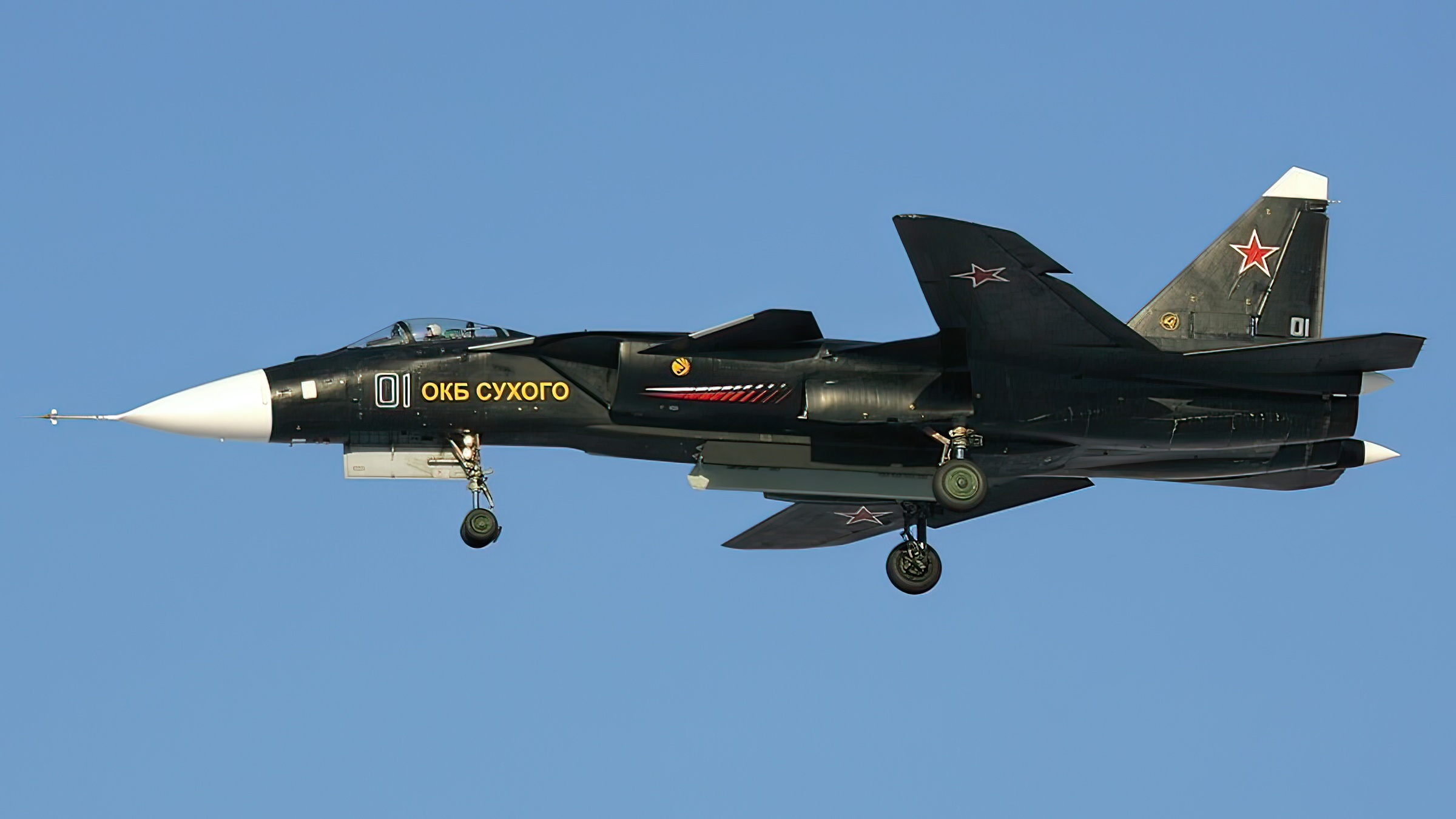
The Skyward Aspirations and Earthly Limitations
Forward-swept mid wing aircraft, while fascinating and filled with potential, have not been without their share of challenges. Structural issues such as wing twisting and aeroelastic divergence pose significant obstacles. These phenomena, exacerbated at high speeds, can lead to destructive wing deformation, presenting substantial safety risks.
Additionally, the high costs associated with research, development, and the manufacture of these complex designs have curtailed their broader adoption. Nevertheless, these aircraft, from the Junkers Ju 287 to the Sukhoi Su-47, stand as shining milestones on the path of aviation progress. They bear testament to humanity’s relentless quest for innovation, even in the face of adversity, paving the way for a future where the sky isn’t the limit but merely the beginning.

